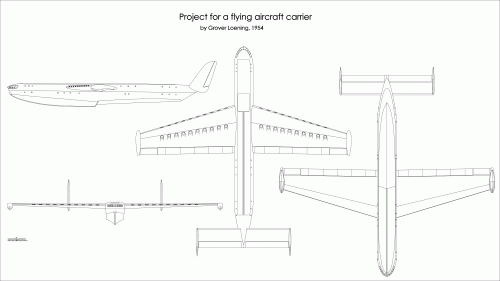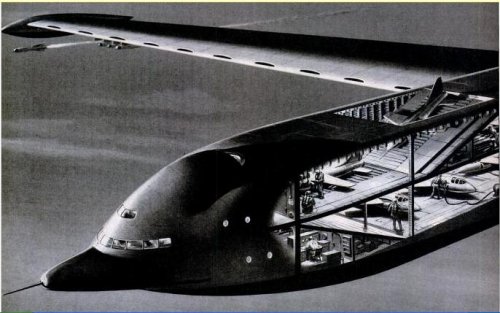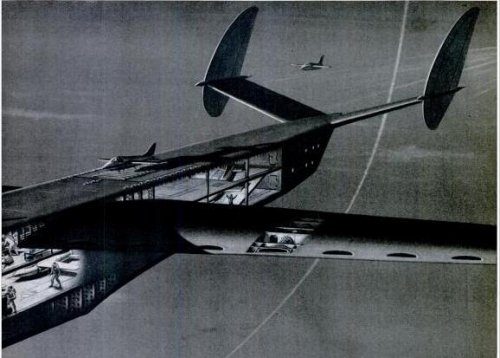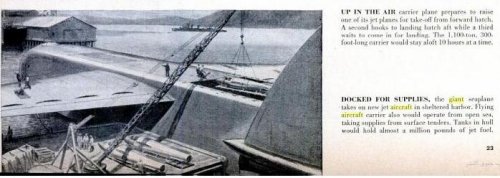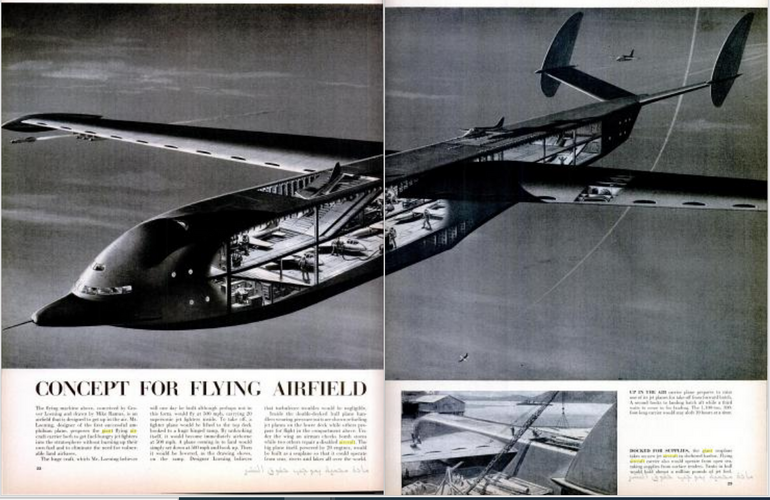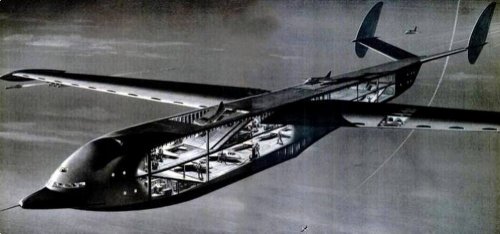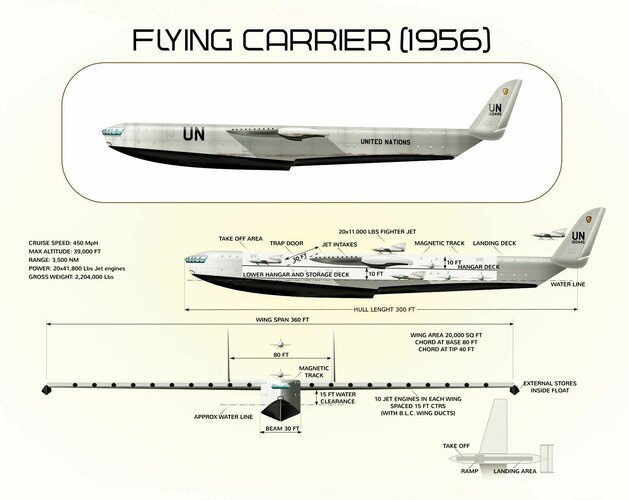In the mid fifties Loening produced a concept for a flying aircraft carrier
of flying boat type.Information of this design should have appeared in
"The Aeroplane" of that time.Issue unknown to me.
(small article with illustration)
Is there someone who ever have seen this article or who
haves more information of this concept ?
of flying boat type.Information of this design should have appeared in
"The Aeroplane" of that time.Issue unknown to me.
(small article with illustration)
Is there someone who ever have seen this article or who
haves more information of this concept ?


